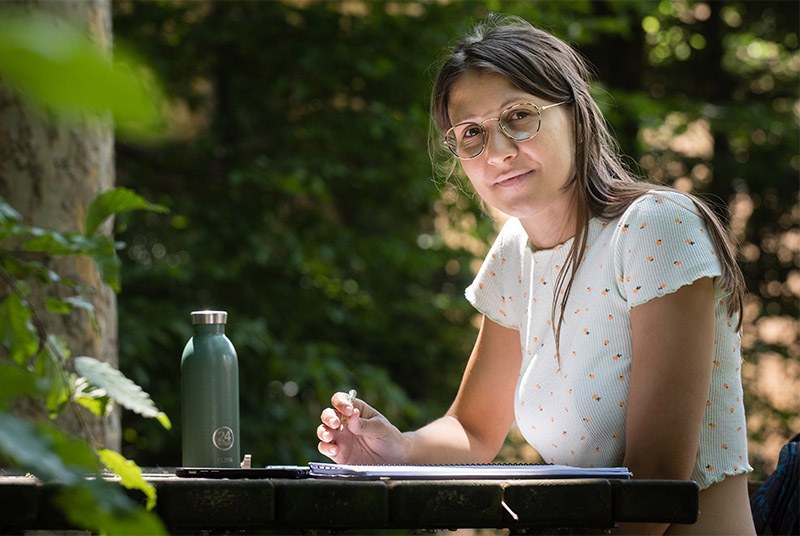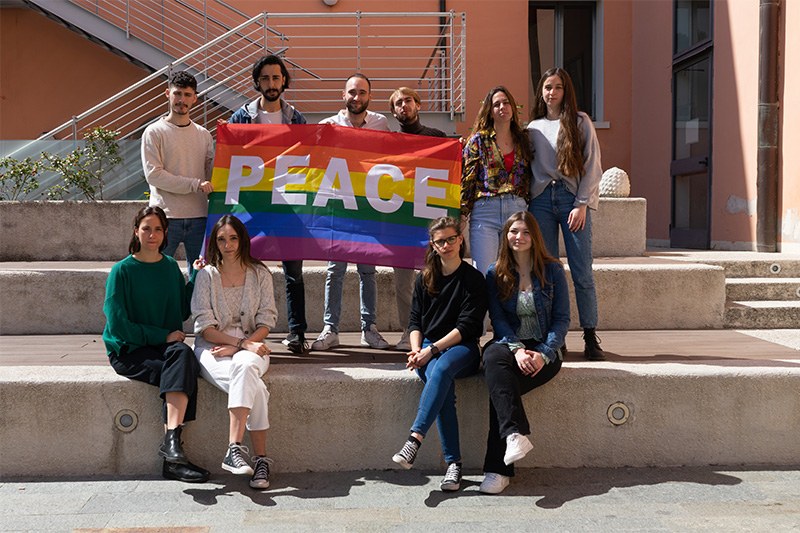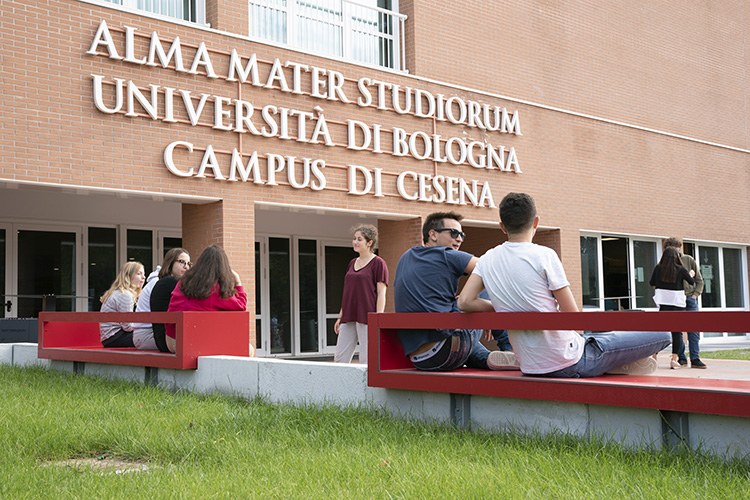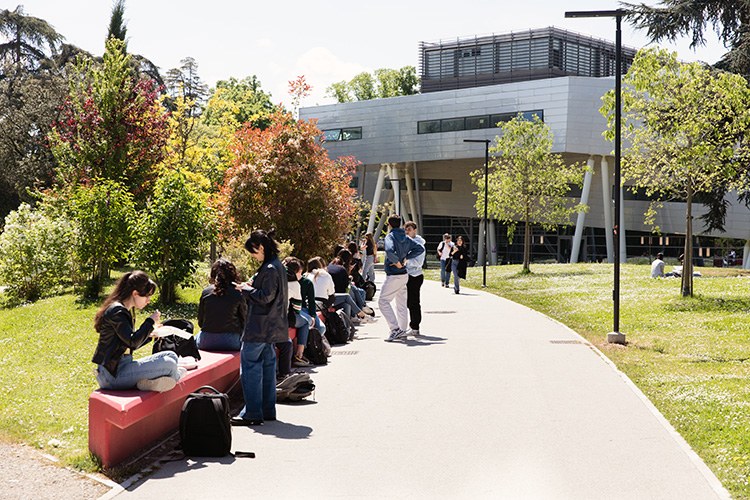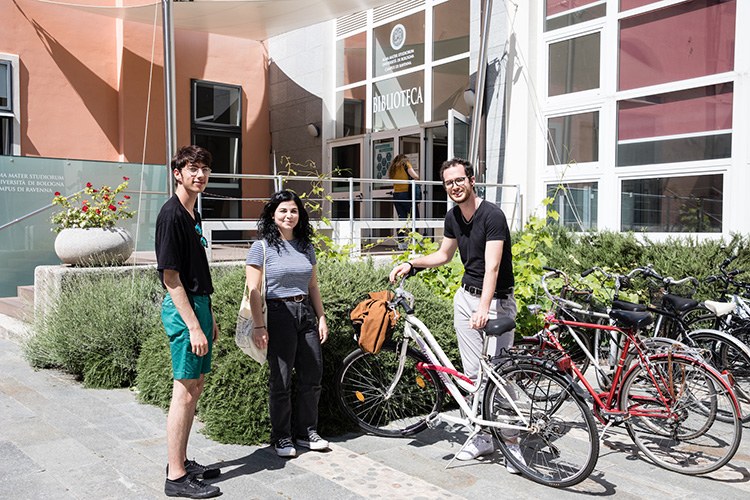Home page
Chiusure degli uffici dell'amministrazione generale per la Festa della Liberazione. Leggi di più
Il video mostra momenti diversi della giornata di uno studente e di una studentessa. Momenti dedicati allo studio, al lavoro di gruppo, allo sport e alla musica.
Diritti allo studio
Uguaglianza di opportunità per la trasformazione individuale e sociale, superando barriere socio-economiche, culturali e personali.

Borse di studio e agevolazioni
Studiare come possibilità a prescindere dalla situazione economica.
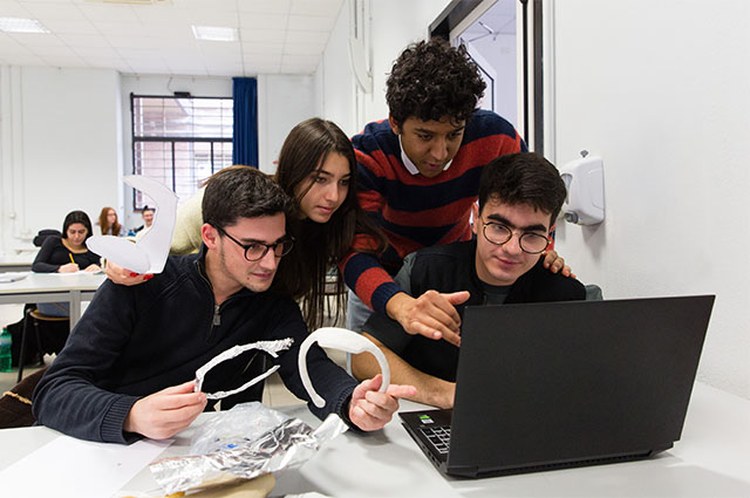
Equità, diversità e inclusione
Valorizzare la diversità e diffondere la cultura del rispetto.
Qualche numero
Dati del Rapporto Almalaurea 2023 sul profilo e la condizione di chi si laurea all'università.
90,5%
di chi si laurea mostra piena soddisfazione per il percorso seguito
12,7%
di possibilità in più di trovare un lavoro per chi ha svolto un'esperienza all'estero
75%
di persone lavorano dopo un anno dal conseguimento della laurea
Voci, storie e idee
Opportunità non solo professionali
Lorenzo e Letizia, laureati all'Università di Bologna, parlano degli anni di vita universitaria.
L'università mi ha permesso di conoscere idee diverse
Riccardo, studente Unibo, racconta in che modo l'università ha cambiato la sua vita.
Come l’università ti ha cambiato la vita?
Claudia, laureata all’università di Bologna, racconta cosa le è rimasto nel cuore della sua esperienza universitaria.
L’esperienza che trasforma
Spazi nel tempo
Esperienze culturali e artistiche che invitano all'esplorazione e alla comprensione del mondo.
Immergersi nella vita universitaria
Vivere relazioni, creare connessioni, esplorare spazi e nuovi interessi.

Intrecci di culture, crescita personale
Le possibilità che hai di trascorrere un periodo in un altro paese.
Scenari, possibilità, prospettive
Dal "cosa accade se non supero il test" alle molte occasioni inaspettate di crescita e percorso.
L’innovazione parte dalle persone
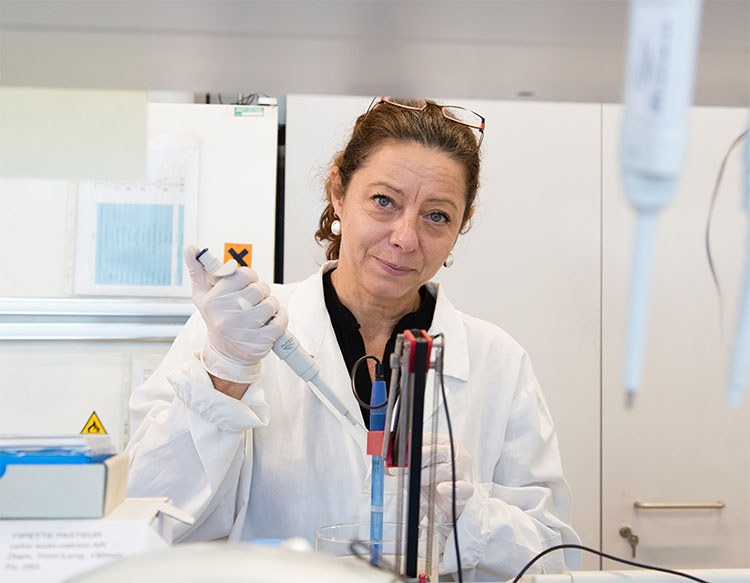
L’università è lo spazio del cambiamento
Conoscenza, scoperte e ricerca innovativa per contribuire al progresso scientifico e all'impatto tangibile e rilevante nella vita delle persone.
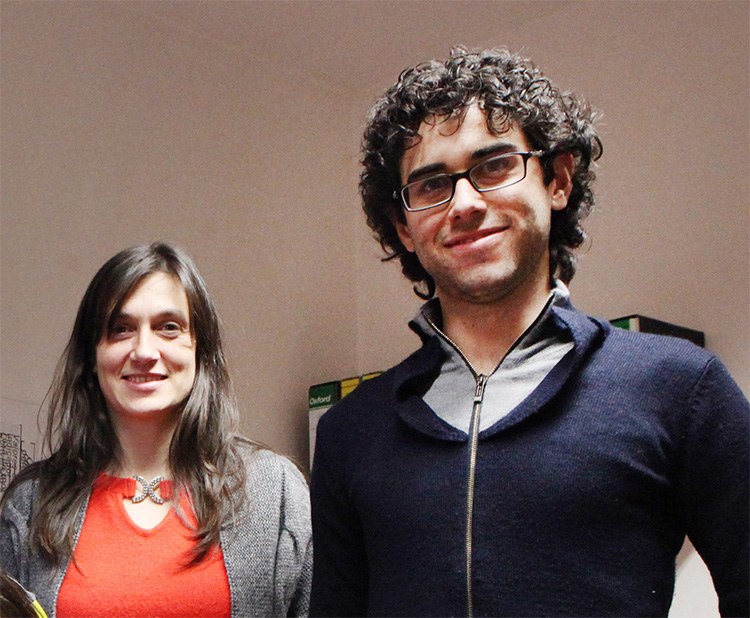
Insegnamento, ricerca, conoscenza
Unirsi alla comunità universitaria per contribuire alla diffusione del sapere alla creazione di valore e al cambiamento sociale.
In evidenza

Il ricordo dell'Ateneo per Emma Pezemo, a tre anni dalla sua scomparsa
Due giorni in memoria della giovane donna e studentessa uccisa fra il 2 e il 3 maggio 2021: un'occasione per continuare a parlare di violenza di genere. Con la partecipazione di Silvia Avallone.
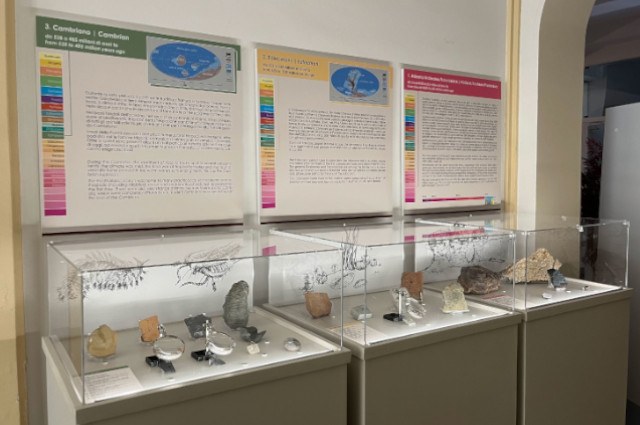
Arriva al museo di geologia "Il sentiero Paleontologico"
Al Museo Giovanni Capellini, visite guidate, laboratori didattici e, grazie alla donazione di due cittadini bolognesi, un nuovo allestimento permanente di reperti rari risalenti al paleozoico e al mesozoico.
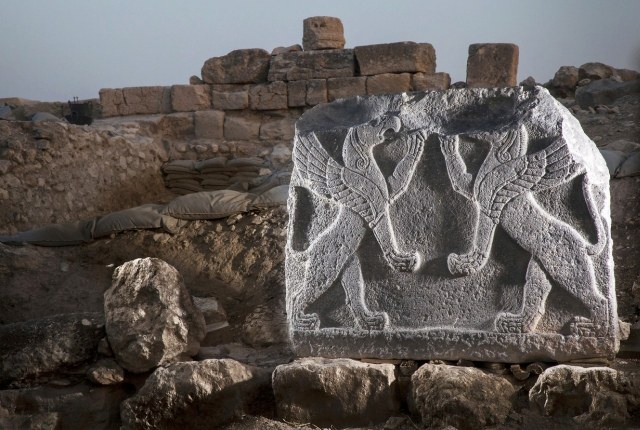
Da Marzabotto a Samarcanda: in viaggio attraverso la Storia
Il 24 aprile, “Alma Scavi – Scoperte e ricerche archeologiche in Italia e all’estero” sarà una giornata tra i misteri e le meraviglie del passato insieme agli archeologi e alle archeologhe dell'Ateneo.
Dalla ricerca alla società

Nuove molecole per nuovi farmaci, grazie all’intelligenza artificiale
Una collaborazione scientifica internazionale rivela il potenziale di AtomNet, il primo network neurale per progettare molecole farmacologiche e sviluppare nuovi farmaci.

Buchi neri, venti cosmici e spegnimento delle galassie
Un nuovo studio rivela il ruolo cruciale del Telescopio Spaziale James Webb nel comprendere come i buchi neri supermassicci generano venti cosmici tanto forti da “spegnere” le galassie.
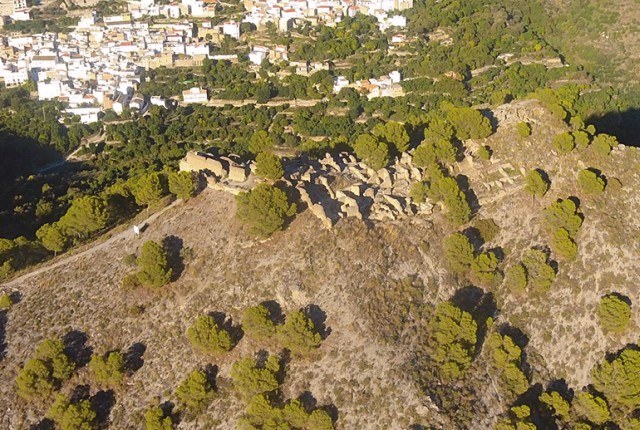
Il terremoto che segnò la fine di un antico centro islamico in Andalusia
Nuove informazioni utili per la prevenzione del rischio sismico arrivano dallo studio condotto nell'antico villaggio di El Castillejo, abbandonato nel XIII secolo a causa di un forte terremoto.

